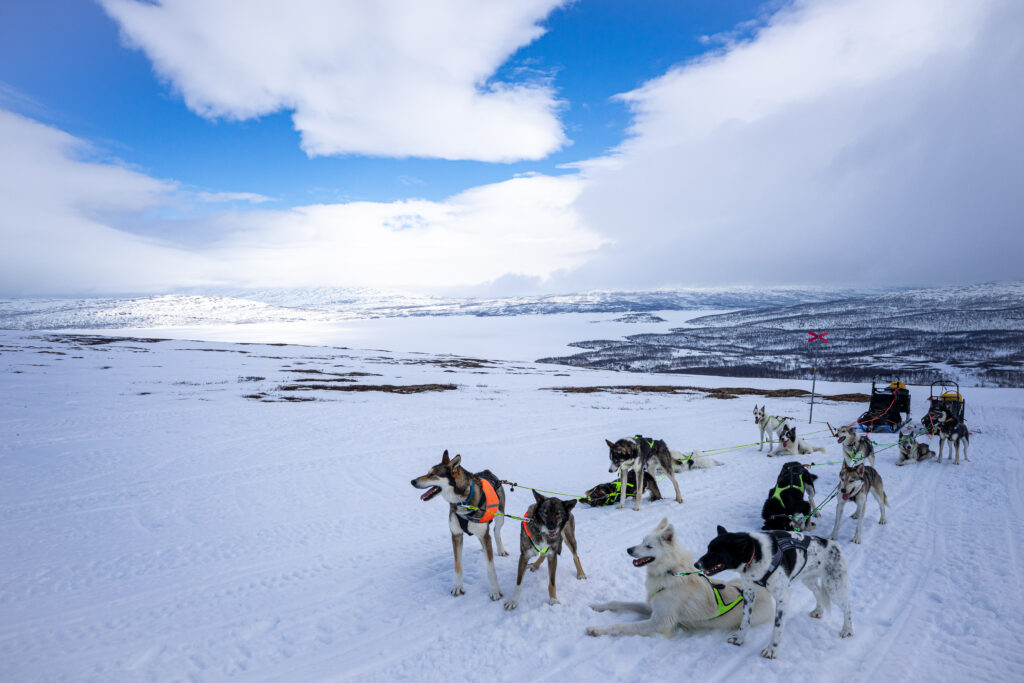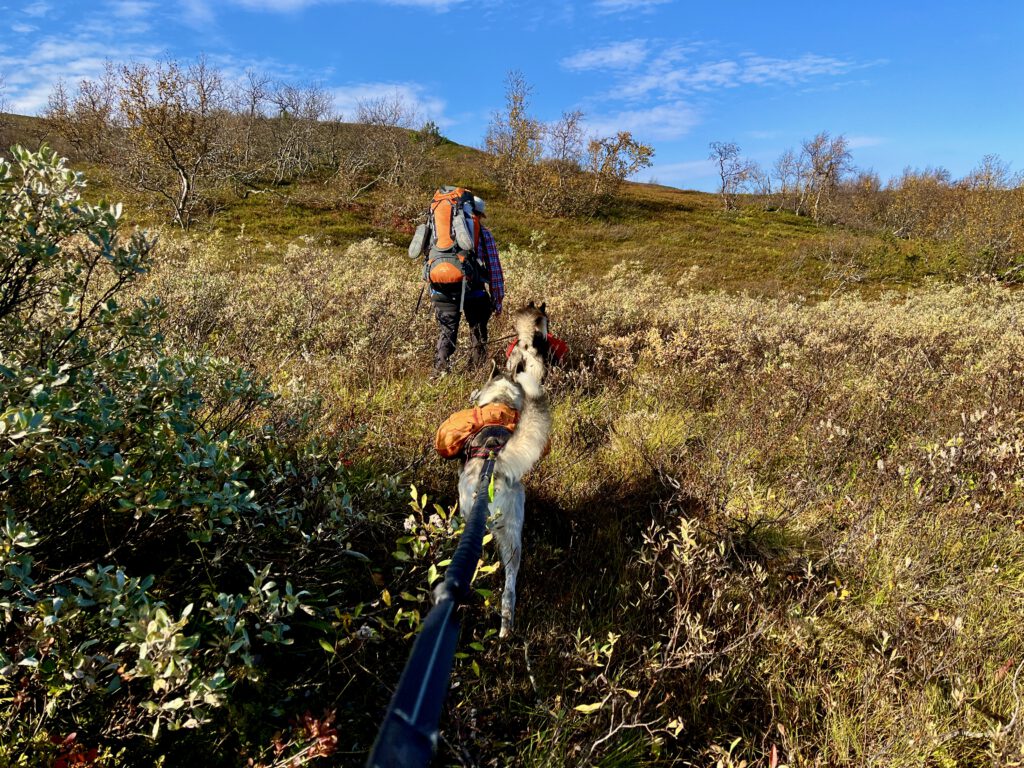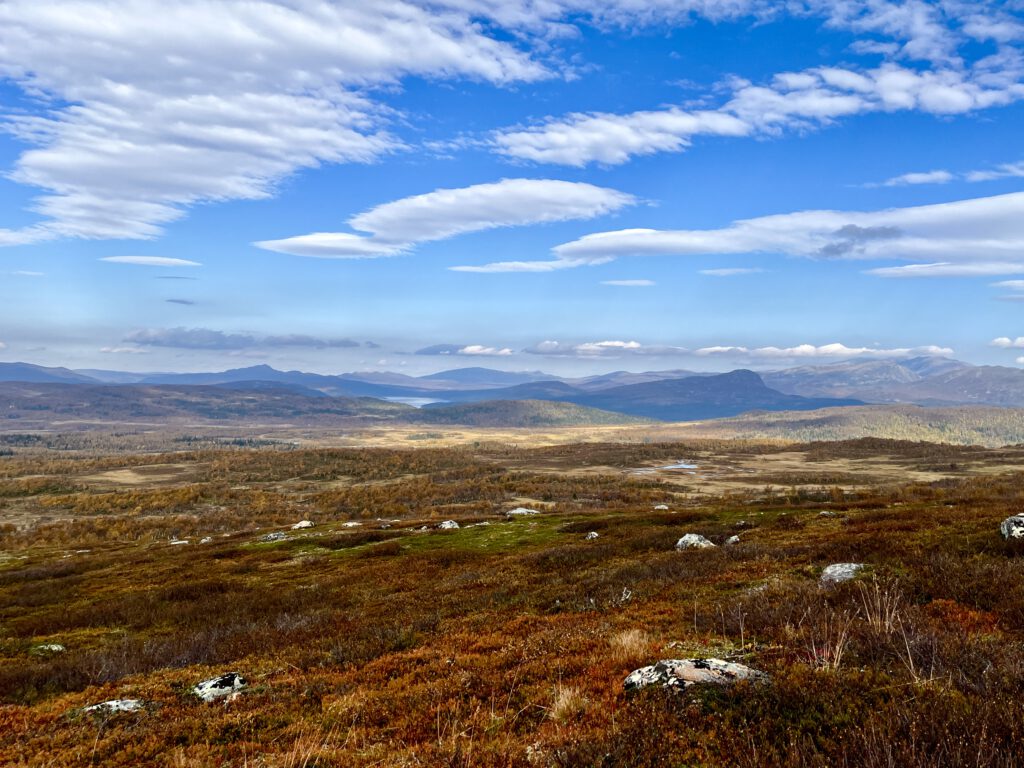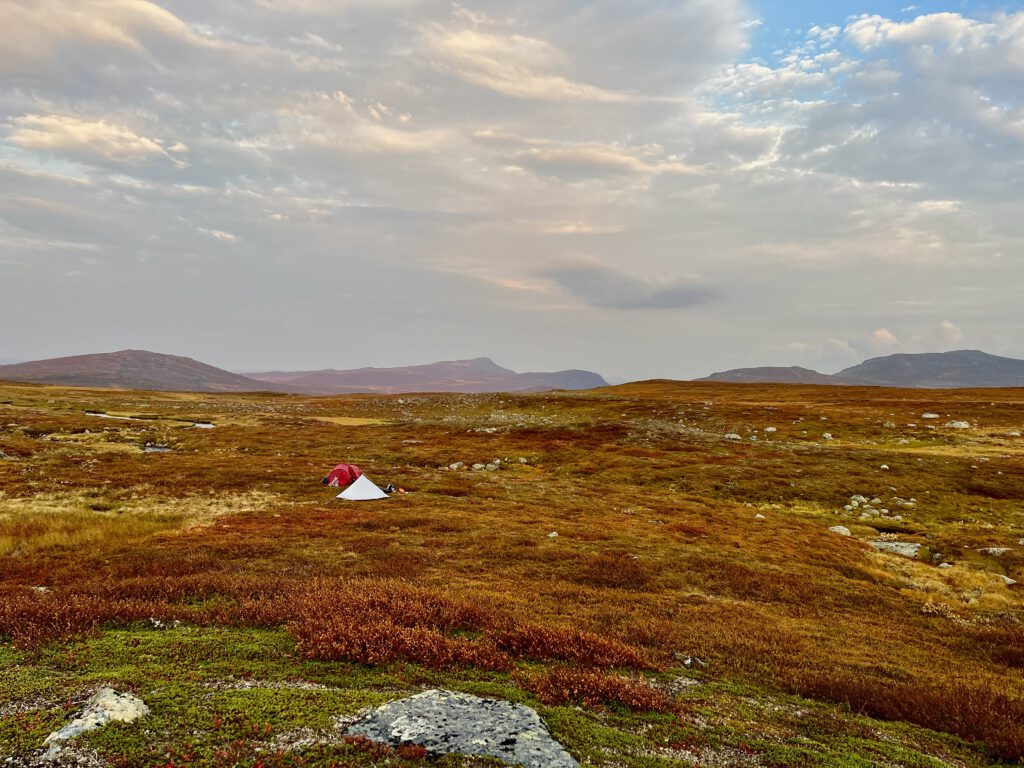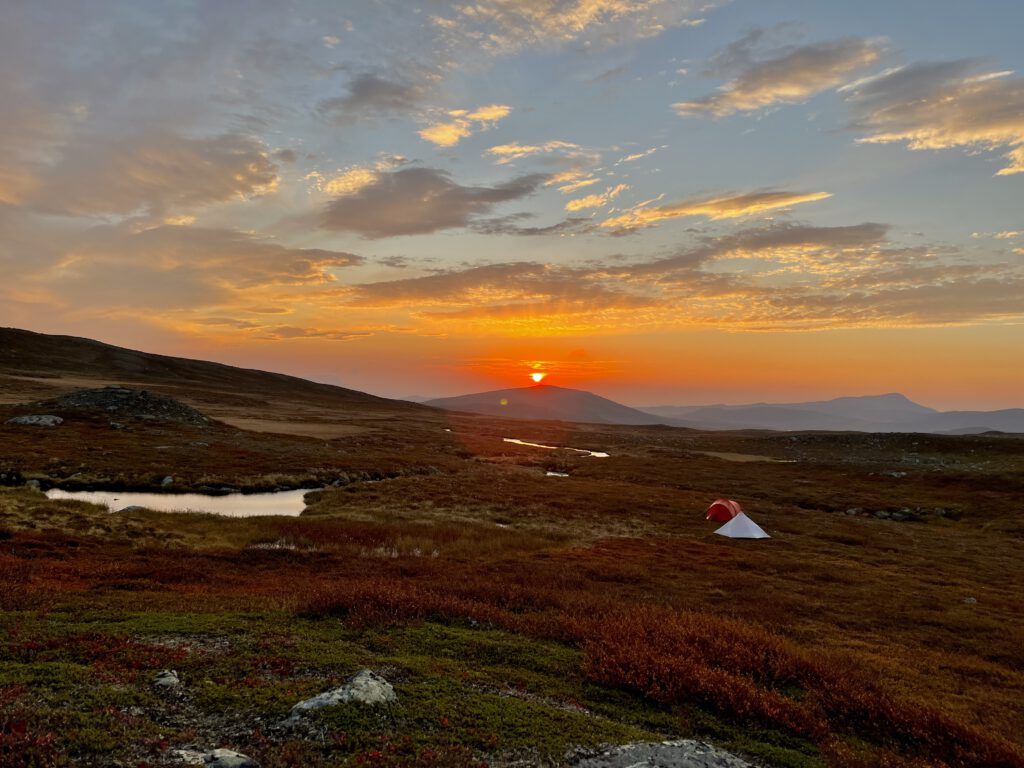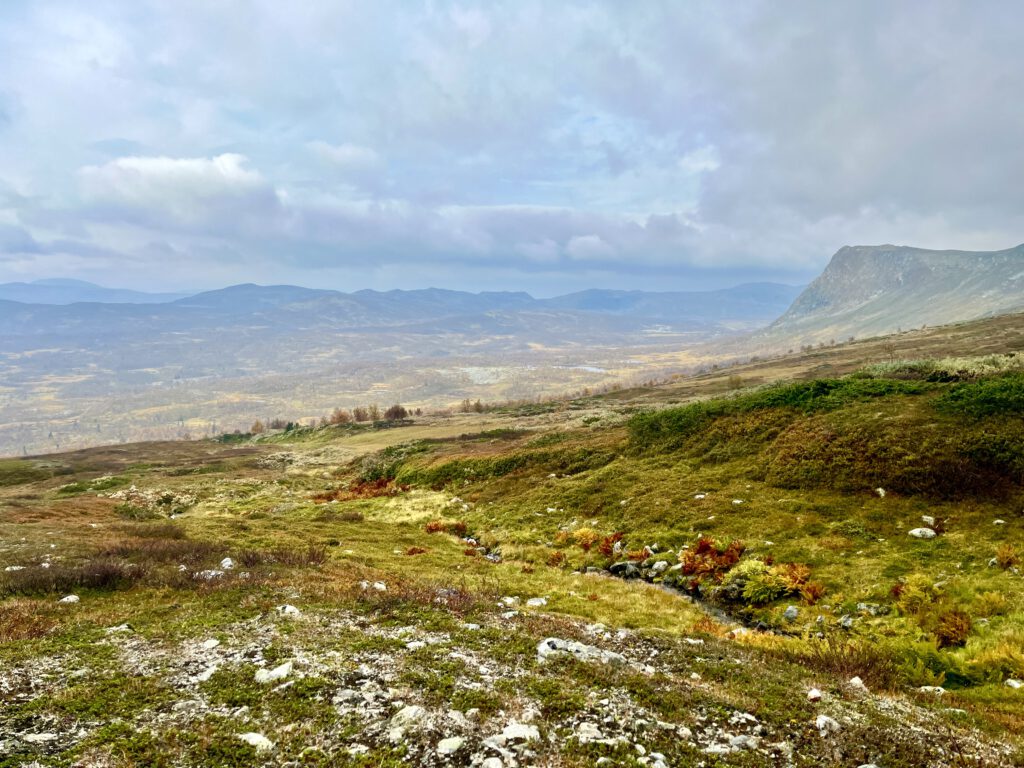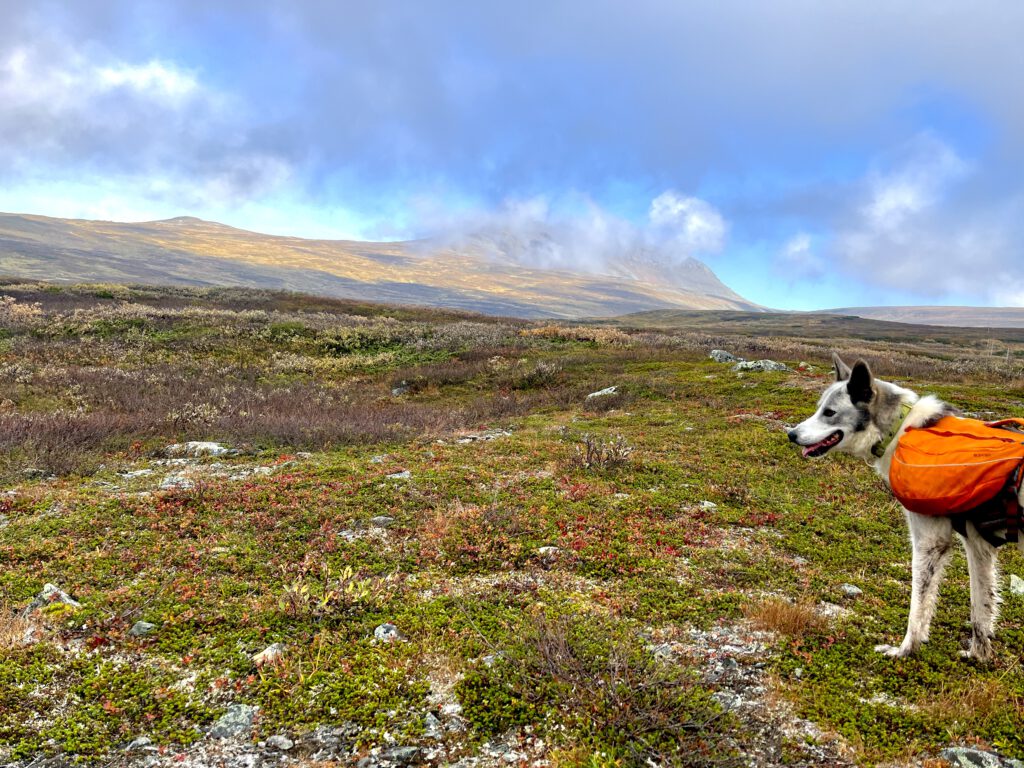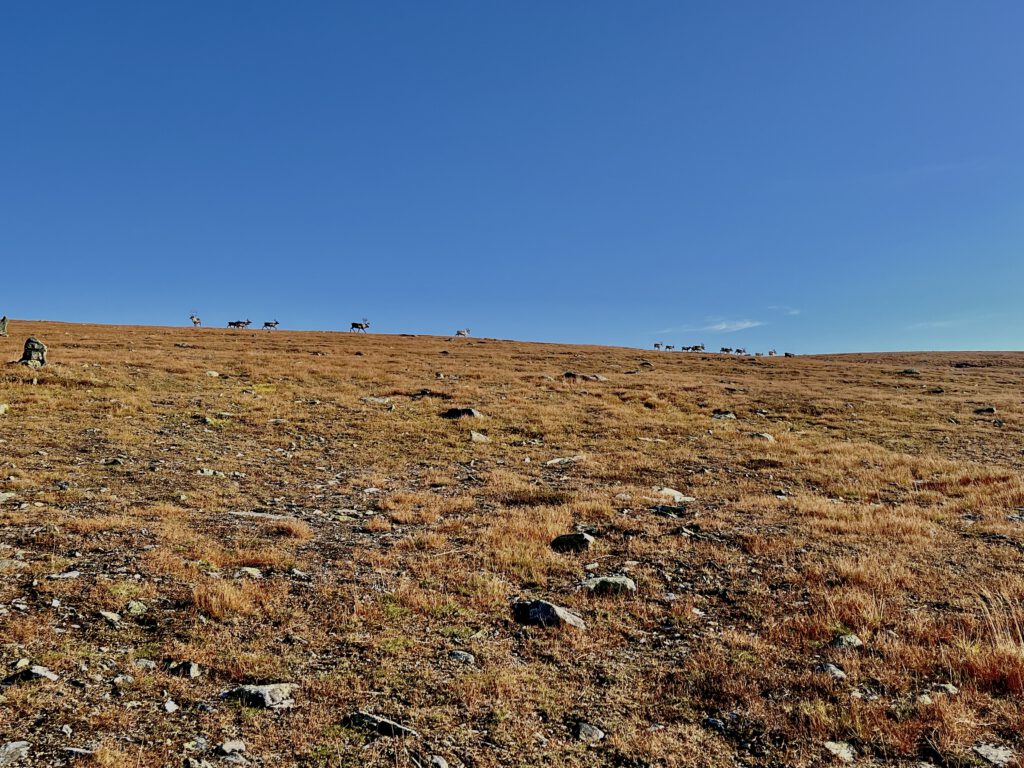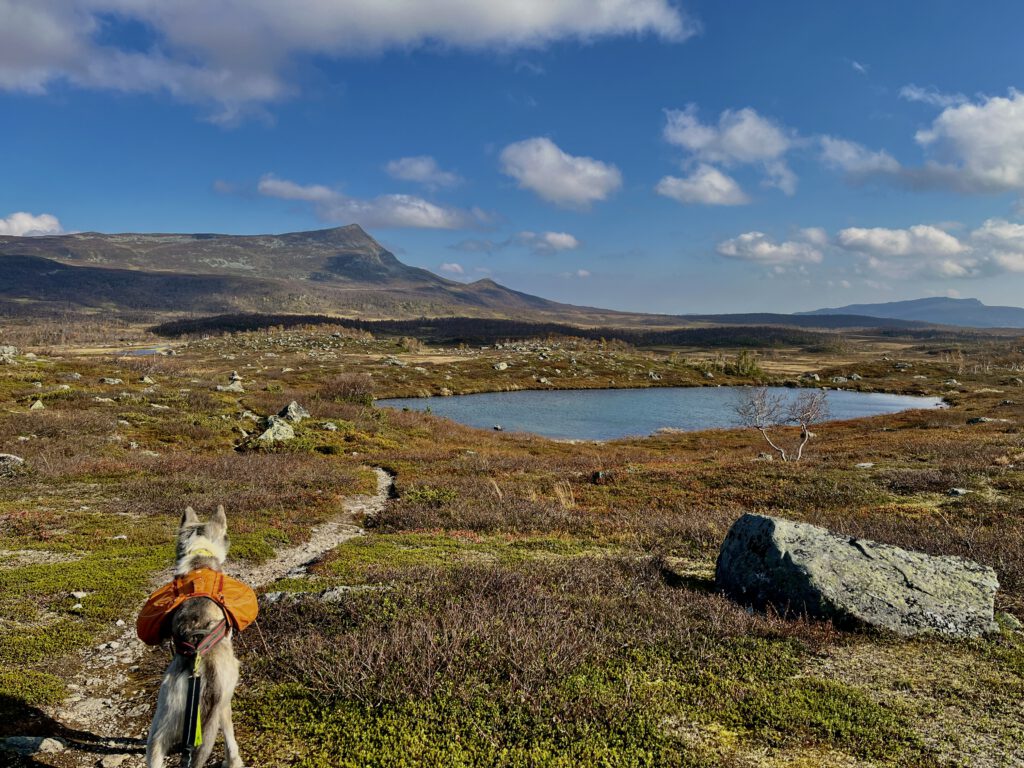 Uncategorized
Uncategorized
30.09.2024
8 Days Dogs, Cold & Northern Lights
This time, it won’t be a report about a specific tour, but rather a description of what this tour usually looks like, although in reality, every tour is a bit different. This can be due to adverse weather, the wishes of our guests, or other unforeseen events. In any case, I think all guests have enjoyed the tour so far, even if deep snow or wind has tested their limits along the way.
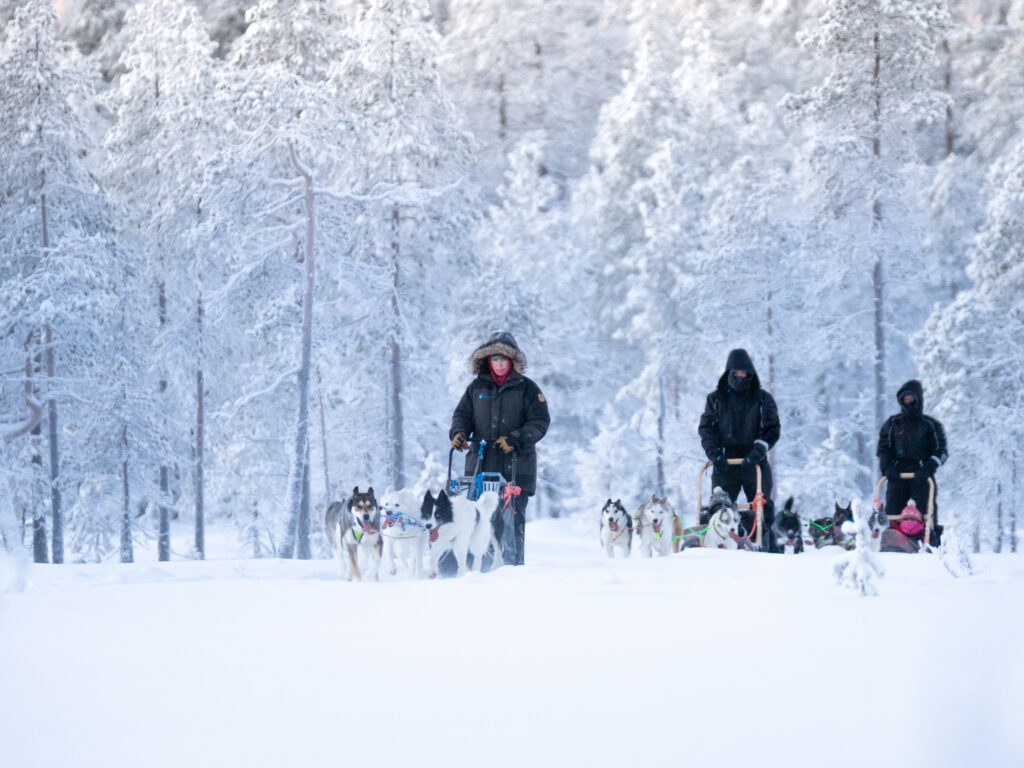
The stay always begins with a shared dinner, where not only do we get to know the guests, but they also get to know each other. This provides an opportunity to satisfy initial curiosity about our life with the dogs through questions and answers, and particularly to discuss what clothing would be good for the next day based on the current weather conditions. This introduction allows us to get a first impression of the guests, which will be the basis for the composition and assignment of the dog teams.
The next day, it gets serious. While one of us picks up the guests, the other prepares the dogs. The dogs wait at the stakeout in the correct order for the planned teams. The sleds are also ready. This has the advantage that each guest can initially focus on getting to know their four dogs, instead of being completely overwhelmed by a wildly running pack.
But before we start, there’s, of course, an introduction. How does sledding work? What is the most important thing? What is the second most important thing and the secret recipe for better riding? If you want to score points on your next tour, I’ll already share the answers 😉 The most important thing: never, and I mean NEVER, let go of the sled! The second most important thing: brake!
Next, we cover the commands, speed, distance, lines, etc. Most guests’ heads are already spinning a bit here, but unfortunately, it doesn’t work without explanation. Yet, there’s no need to overthink it. As long as you follow our instructions— which we often repeat or elaborate on during the tour— sledding isn’t that difficult.
Now finally, let’s talk about the dogs. Each one gets their harness put on. Attention is needed here as not every harness fits every dog. First of all, there are different sizes, which can be recognized by various color markings on the harnesses. Additionally, we have different models, as depending on the individual body shape, coat type, and running style, some dogs fare better with one type than another.
Oh, and by the way, your dogs have names too 😂 We understand that it can be hard to remember them all at the beginning with so much information, but later in the afternoon, you should take the time to learn them since you will be a team for the next few days.
So, the dogs are harnessed. Are you ready? Then put away your phone or camera, because the start requires full concentration and two free hands. Together, we’ll harness the dogs. We start with the last team and work our way forward. You will stay with your lead dogs until the guide team is ready, and you get the signal from Raffi or me to get on the sleds. And now, attention, we’re off! But remember to go one at a time and don’t forget to brake!
In the first few hundred meters, you will probably be completely overwhelmed by the boundless power of the dogs. You might forget how to steer around the corners without a steering wheel and somehow feel like you’re always going too fast or too slow 😬 but just wait and try to implement the instructions. It doesn’t take long before you get a feel for the sled and the brake; you’ll understand how weight shifting works and that braking doesn’t necessarily make you slower, but improves your riding.
After a few kilometers, you’ll also be able to take in the wonderful surroundings: the sparkling snow, the silence, the perfection of nature. Depending on the conditions, we usually cover around 20 km, plus or minus. At the beginning of winter, with deep snow and more difficult conditions, it might be a bit less, and at the end of winter, with faster trails, it might be a bit more. For most guests, this distance is perfect for the first day— long enough to get accustomed to sledding but not too long to be completely exhausted.
Back at the kennel, you can cuddle your dogs before they are unharnessed and allowed back into their warm huts. Depending on how strenuous it was for the dogs, they will either receive soup or food right away or a bit later, while you also get a snack (no, not the same soup 😂) and we warm up in our grill cabin. Afterwards, we prepare the equipment for the next days. Either we load the sleds today or the next morning, often depending on the weather. After that, you’ll return to the guesthouse. Together, we prepare dinner, and you’ll have another opportunity to ask questions for the upcoming days and prepare your personal items.
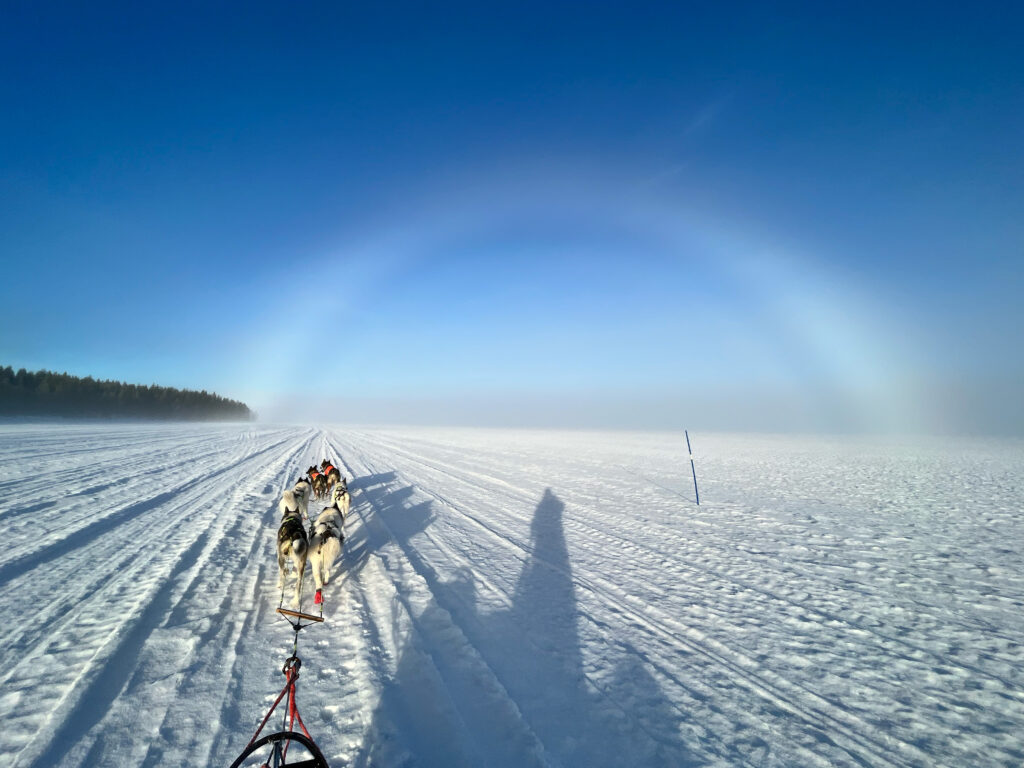
The next morning runs similarly to the first, with the difference that today you won’t be coming ‘home’ again. Our tour leads us to our first overnight stop, either in a tent or in a wilderness cabin. Here, too, the dogs are taken care of first; they will sleep at a stakeout during the tour. If it’s very cold, they’ll wear coats; otherwise, they simply enjoy lying in the snow.
Next, it’s time to fetch water or melt snow. In some places, there are open springs or a lake where we can drill a hole; if not, we rely on snow. You’ll be surprised how many pots full of snow it takes to fill a thermos with water. And we’re not the only ones who need water; the dogs need it too. Those assigned to fetch water will have their hands full. But that doesn’t mean the rest of the group is idle. The fire needs to be lit and tended, meat chopped for the dogs’ dinner, and food prepared for the group. Not to mention that the cabins usually have a dry toilet and a woodshed, for which a path needs to be shoveled first.
Once the basics are taken care of, we’ll take time for the dogs again; we cuddle and massage them and check their paws for any injuries—this can also be done while taking off their harnesses. With a bit of luck, you might witness a beautiful sunset, or perhaps the Northern Lights will dance above us during our ‘work.’ Depending on our schedule, the dogs will get fed either before or after dinner. After that, not much happens. Believe me, even the night owls among you will fall into bed, or rather onto the sleeping mat, early.
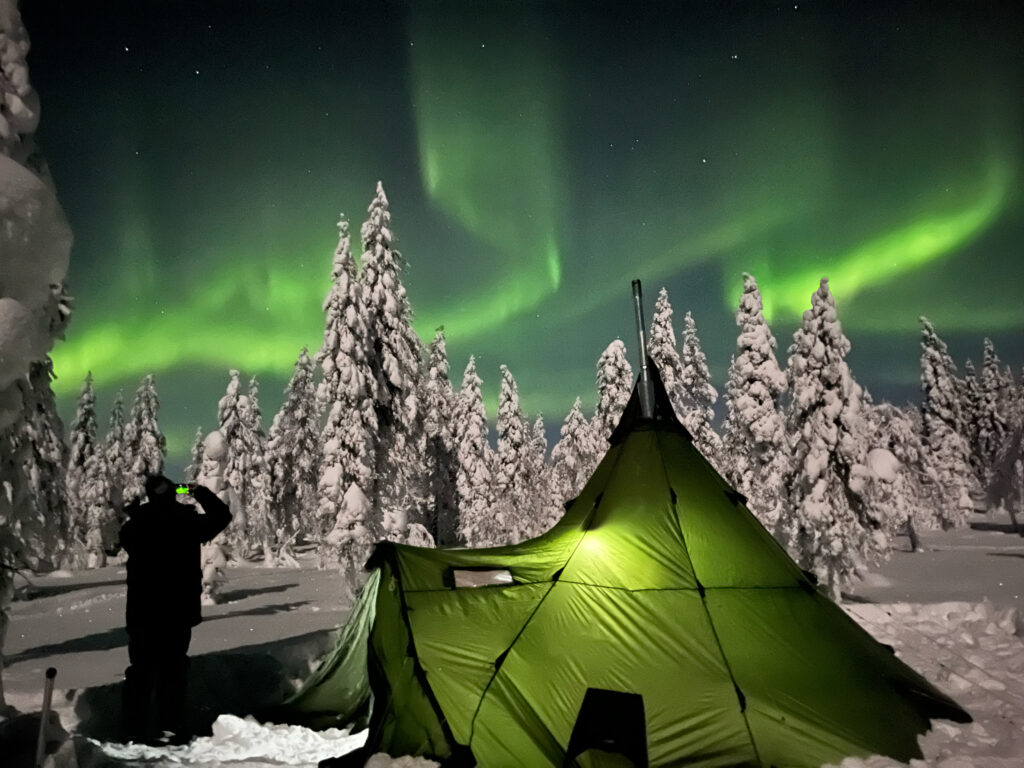
The next morning, you have to get up early; the dogs need breakfast. While they digest, it’s our turn for breakfast, then we clean up and pack everything back onto the sleds. The start today basically goes the same way as the last two days, with the difference that there’s usually a second person at the kennel to help out and the chains stay there. On the tour, you’ll have to manage it alone and also collect the chains. But after two days of practice, you should be ready for this 😉.
We continue through marshes and frozen lakes, past birch and coniferous forests. Our daily distances on these tours range from about 25 to 60 km, always depending on the conditions and the guests’ wishes. If you’ve ‘survived’ the third night out, you can feel happy—or maybe a little sad? Because today, we head back to the kennel. After taking care of the dogs and giving them some last cuddles, you’ll probably be longing for a warm shower at the guesthouse.
Now you can relax, as the next day is free. Some guests book an excursion to see reindeers or go for a snowmobile ride. Most, however, simply enjoy the tranquility, grabbing snowshoes at some point during the day to walk to the kennel and spend a little more time with the dogs, maybe even feeding them one last time. But even if departure is on the agenda for the next day, it doesn’t have to be a farewell forever… the dogs and we are certainly looking forward to the next tour with you. Perhaps even the advanced version in the mountains?
